Possible Benefits - Personal
Increased Personal Wealth
The purpose: With a few exceptions, the purpose of a privately held business is to make a profit and to increase the personal wealth of the owner(s).
It's tied up: The wealth of most owners of privately held companies is tied up in their business. Even a very profitable company can keep cash tied up in ways that do not permit owners(s) to take the cash out of the company to increase personal wealth. Below are a few of the common areas where the wealth of an owner is tied up in a business.
- Cash needed for operations
- Accounts receivable
- Fixed assets
- Other current assets
- Current liabilities
- Equity
- Etc.
OPM: The concept of using OPM (Other People's Money) is an important one for business owners. Most owners are familiar with using lines of credit (LOC) from a lending institution to use for working capital, however, obtaining the proper amount, proper terms and the management of lines of credit can be either useful or detrimental to a business. It is often helpful for business owners to have experienced assistance with negotiations of a LOC before the paperwork is signed. Additionally, the process of correctly assessing saturation of customers, the timely and accurate completion of Borrowing Base Certificates, etc. may have a material impact upon the availability of cash in the business.
Financial ratios: Lending institutions like to minimize risk on loans issued. They often included "financial covenants" in the note that is associated with lines of credit. It is often helpful for business owners to have experienced assistance with negotiations on financial covenants before the paperwork is signed. There may be opportunities to have the lending institution relax some of the financial covenants in order to give the company some cash breathing room for future unexpected events.
Growth in sales: Every owner has a right to hire professional assistance to be able to create processes to see into the future regarding possible increases in the company's sales. A company's expectation of increased future sales might immediately want to take into consideration the impact, if any, on the existing LOC with lending institutions. It is typically easier to obtain increases in the LOC if the lending institution is approached before the increase in sales. Otherwise, the owner runs the risk of using current cash to fund operations and/or personal loans to the company, which may have the effect of immediate decrease in personal wealth.
Fixed assets: With few exceptions, the purchase of fixed assets should be done with OPM. It is often very tempting for an owner to use current cash flow to purchase fixed assets. Naturally, they dislike the time and the process of going to a lending institution to get the funds to purchase fixed assets. An owner might consider using talented professional assistance for this process. After all, the fixed assets purchased are likely to be used for the company for many years and the use of current cash flow may be very detrimental to the business in the near future. The term of the note to buy the fixed assets might approximate the estimated life of the asset.
Accelerated depreciation: Owners live in a time of confiscatory taxation. That's the bad news. The good news is that the U.S. government has created tax laws that might give owners very high amounts in accelerated depreciation. This acceleration may be used in the current year to lower federal (and possibly other) taxes. This might have the impact of increasing cash flow and, possibly, the current personal wealth of owners. Taking advantage of these tax laws often takes advanced planning before the purchase of the assets.
Basis: The income tax structure of most privately held companies are pass-through entities (S-Corporations, Limited Liability Companies, Partnerships, Sole Proprietorships, etc.). This means that the taxable earnings of the business are passed through to the owners and taxed at the rates on the owner's personal tax forms (Form 1040, etc.). It is not unusual for a company to build up the dollar amount in the "equity" section of the Balance Sheet. Depending upon the nature of the equity an owner may be able to periodically take out tax-free cash from the equity of the company. An owner's professionals should be watching equity and notifying the owner of the approximated amount that can be taken out tax-free in order to increase the owner's personal wealth. The availability of cash to be taken out may be directly related to some or a combination of the principles discussed above.
Theft: Any employee may be tempted above their ability to resist the temptation to steal from the company. It's not difficult for employees to steal cash or other assets. This theft also includes time, overtime, etc. Our advice is to have talent that works on-site to help develop the tools to deter employee theft, which automatically reduces an owner's personal wealth. Nobody can guarantee against employee theft, however, the fact that talented professionals are working on-site to watch and to look at key data is often a deterrent to employee theft.
Theft insurance: An annual discussion should be considered with the company's insurance agency on the subject of employee theft insurance. The proper amount of insurance and the process of providing documentation should be known and discussed prior to the issuance of the insurance policy.
